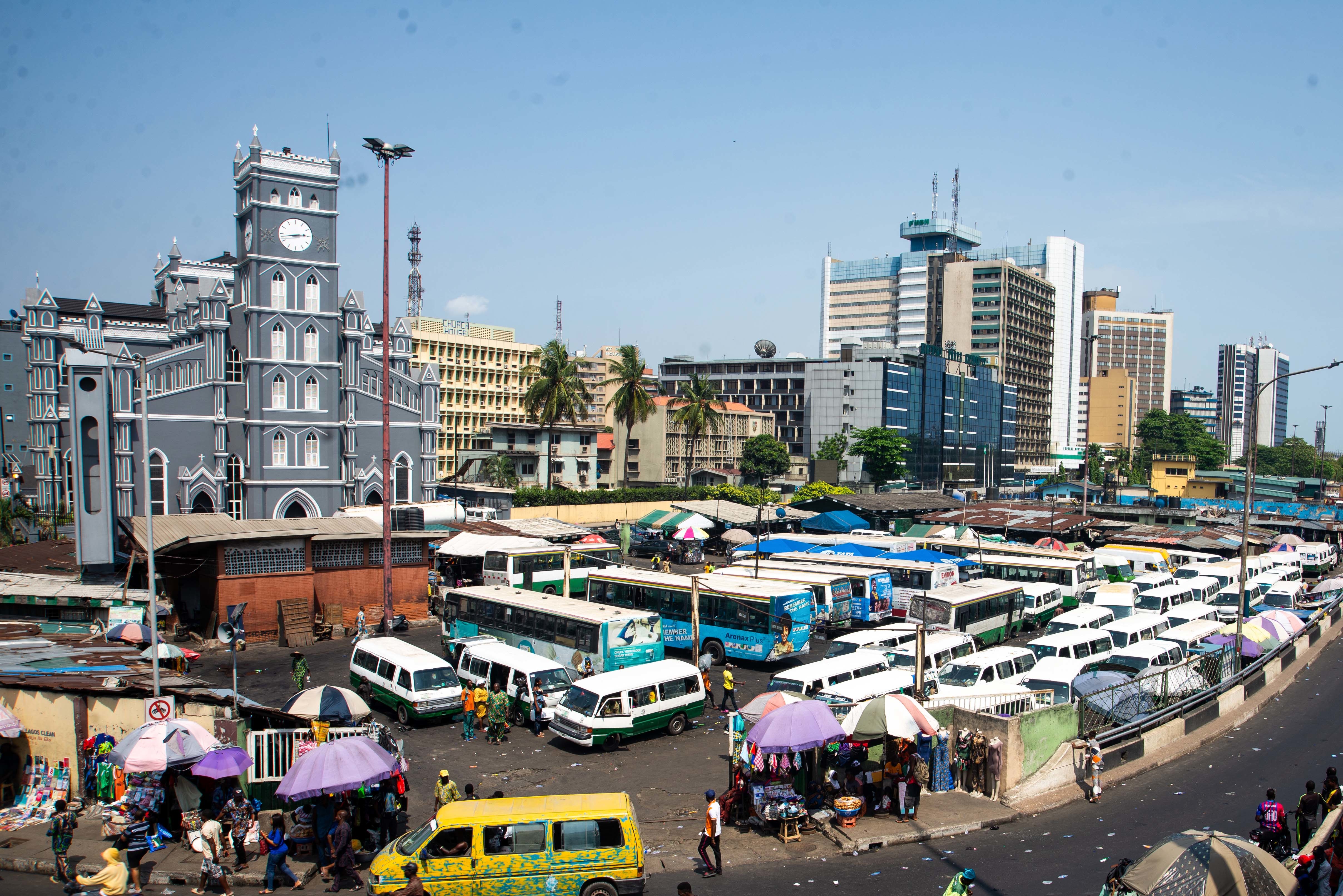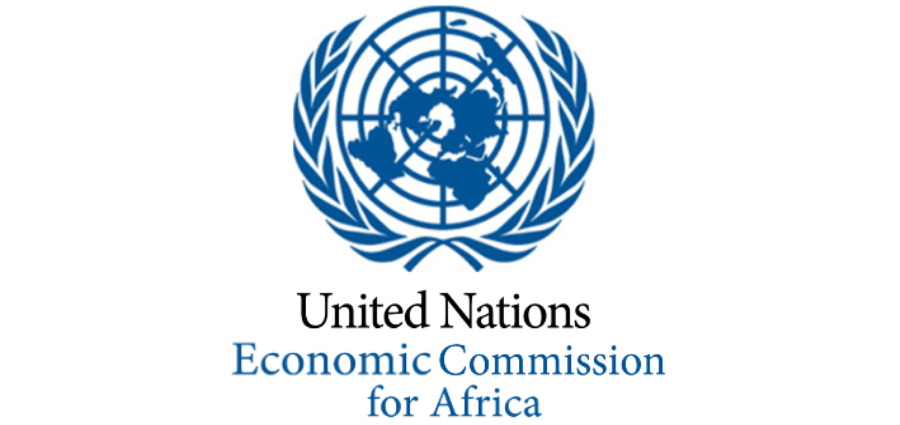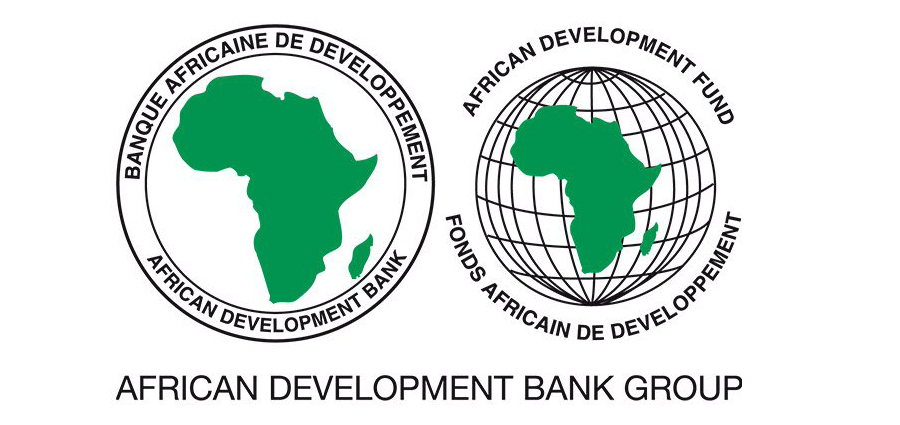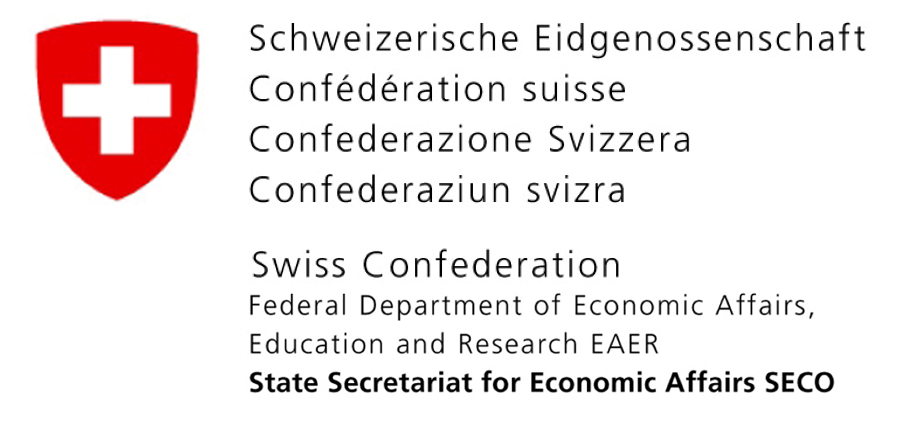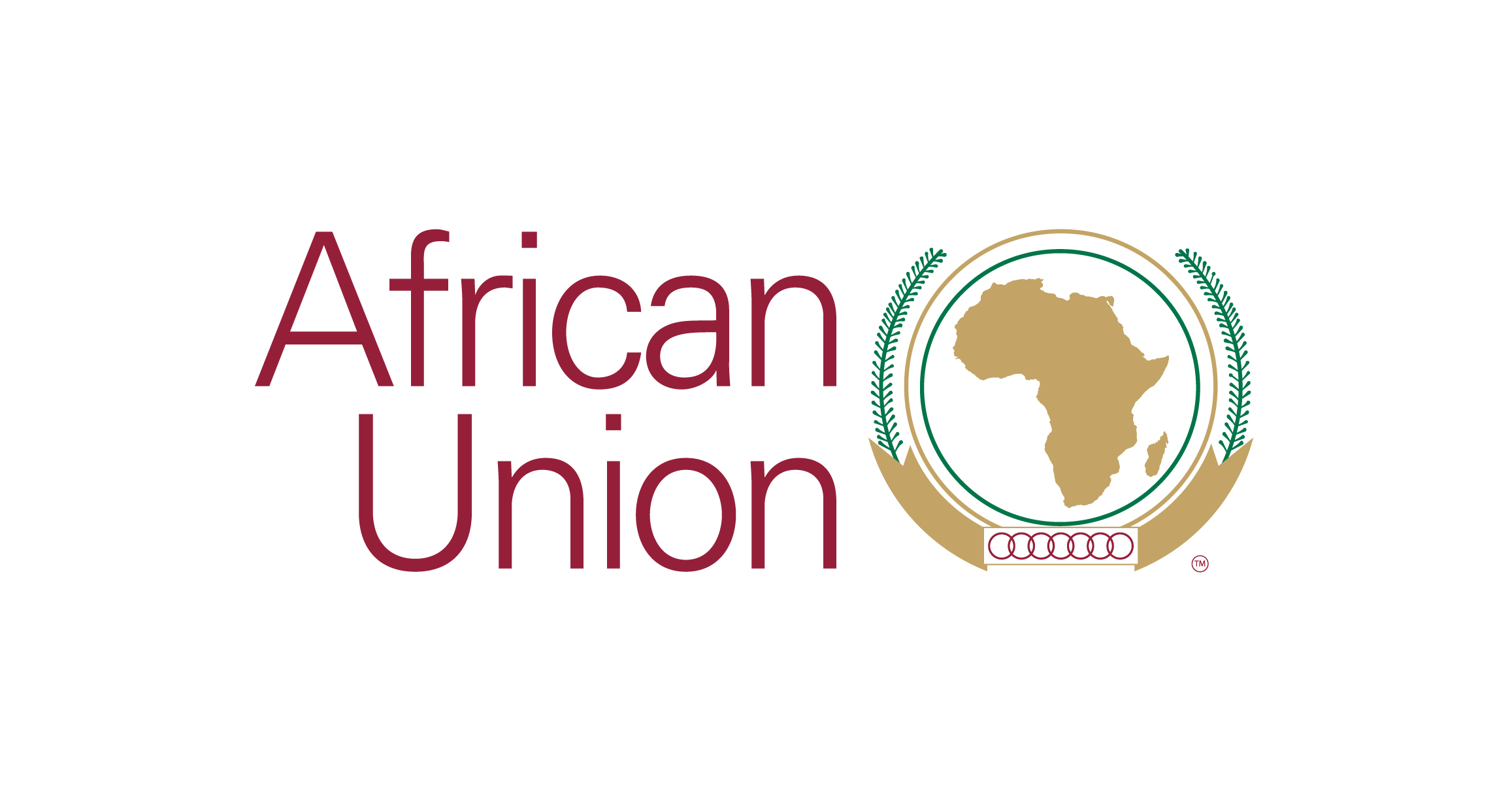Building a Strong Foundation for Urban Mobility in Africa: Lessons from Urban Transport Authorities
Sub-Saharan Africa stands at a critical juncture, with its cities expanding at an unprecedented rate due to rapid urbanization. This surge in urban populations underscores the urgent need for efficient, well-coordinated transport systems. Acknowledging this critical need, the Africa Transport Policy Program (SSATP) embarked on an in-depth exploration of seven urban mobility organizing authorities within the region, aiming to illuminate both the challenges they face and the successes they've achieved.
Navigating the Maze: The Quest for Coordination
In many African cities, multiple agencies at different levels of government are responsible for managing and delivering urban transport infrastructure and services. Unfortunately, the lack of coordination among these agencies often leads to duplicated efforts, wasted resources, and subpar service quality. To address this issue, SSATP has been working closely with member countries to improve urban transport coordination at the metropolitan level and provide technical assistance on the establishment of urban transport authorities.
While developed economies have provided valuable benchmarks for institutional coordination, the unique context of developing countries, particularly in Africa, necessitates a tailored approach. The experiences of cities like London, Paris, and Singapore can inspire decision-makers to recognize the importance of a well-coordinated transport system. However, it is crucial to acknowledge the differences in legal frameworks, public values, and judicial power that exist between developed and developing countries as this makes a significant difference.
The Cornerstone of Transformation: Lead Institutions
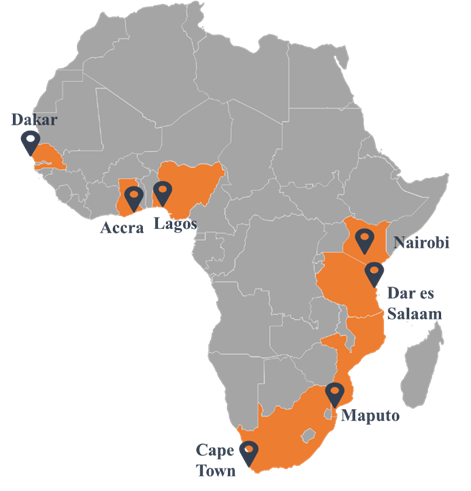 Over the past few decades, the African region has seen remarkable advancements in institutional reforms aimed at improving urban mobility. Cities throughout Africa, including Accra, Cape Town, Dakar, Dar es Salaam, Lagos, Maputo, and Nairobi, have introduced innovative institutional arrangements to better organize and manage their transport sectors. Against this backdrop, the Africa Transport Policy Program (SSATP) analyzed the experiences of seven urban transport authorities within these cities. By analyzing the factors that contributed to their success or failure over time, SSATP was able to glean valuable insights and lessons from their experiences.
Over the past few decades, the African region has seen remarkable advancements in institutional reforms aimed at improving urban mobility. Cities throughout Africa, including Accra, Cape Town, Dakar, Dar es Salaam, Lagos, Maputo, and Nairobi, have introduced innovative institutional arrangements to better organize and manage their transport sectors. Against this backdrop, the Africa Transport Policy Program (SSATP) analyzed the experiences of seven urban transport authorities within these cities. By analyzing the factors that contributed to their success or failure over time, SSATP was able to glean valuable insights and lessons from their experiences.
One critical insight that emerged as paramount for advancing urban mobility is the necessity of establishing a robust lead institution. Such an institution, equipped with ample scope, authority, and capacity, serves as the cornerstone of impactful transport improvements. Without a well-structured and designed lead institution, efforts tend to be highly fragmented, and impact significantly reduced.
The SSATP study, Institutions in Motion: Learning from the experience of urban mobility organizing authorities in Sub-Saharan Africa, revealed crucial insights for establishing and operating lead institutions. These findings underscore the critical attributes and practices needed for these entities to successfully manage urban transportation systems:
- Authority and Influence: Lead institutions must have the authority to influence the entire metropolitan area, ensuring a cohesive approach to urban mobility.
- Government Relations: They should have strong connections with both local and national governments, facilitating integrated planning and implementation.
- Metropolitan Governance: The establishment of metropolitan governance arrangements should be pursued, particularly for land-use planning and the coordination of bulk services.
- Technical and Political Balance: Institutions must adeptly balance technical considerations with political realities to achieve practical outcomes.
- Project Balance: A strategic mix of large infrastructure projects and systemic, incremental changes is necessary, promoting a multi-modal transport approach.
- User-Centric Strategies: The primary focus should be on meeting the needs of users, incorporating existing, predominantly informal services into core strategies.
- Comprehensive Scope: Their responsibilities should cover all critical aspects influencing urban mobility, including general traffic management and the core road network where current services largely operate.
- Regulatory Approaches: Practical approaches to regulation are needed to better align supply with demand in largely unregulated service environments.
- Data-Driven Decisions: A deep understanding of the mobility environment, supported by robust data and information systems, is essential for developing effective strategies.
- Stakeholder Engagement: Effective communication and engagement with all stakeholders are crucial for fostering institutional alignment and driving positive changes.
Shaping the Future of Urban Mobility in Africa
It is important to recognize that the development of lead transport institutions takes time, and setbacks and errors are inevitable. However, by learning from the experiences of these institutions, the emerging wave of urban mobility organizing authorities in Africa can minimize such challenges and pave the way for a sustainable and integrated transport system.
For those interested in delving deeper into the experiences and lessons learned from urban mobility organizing authorities in Africa, we encourage you to explore the latest SSATP publication and keep an eye out for future webinars.
